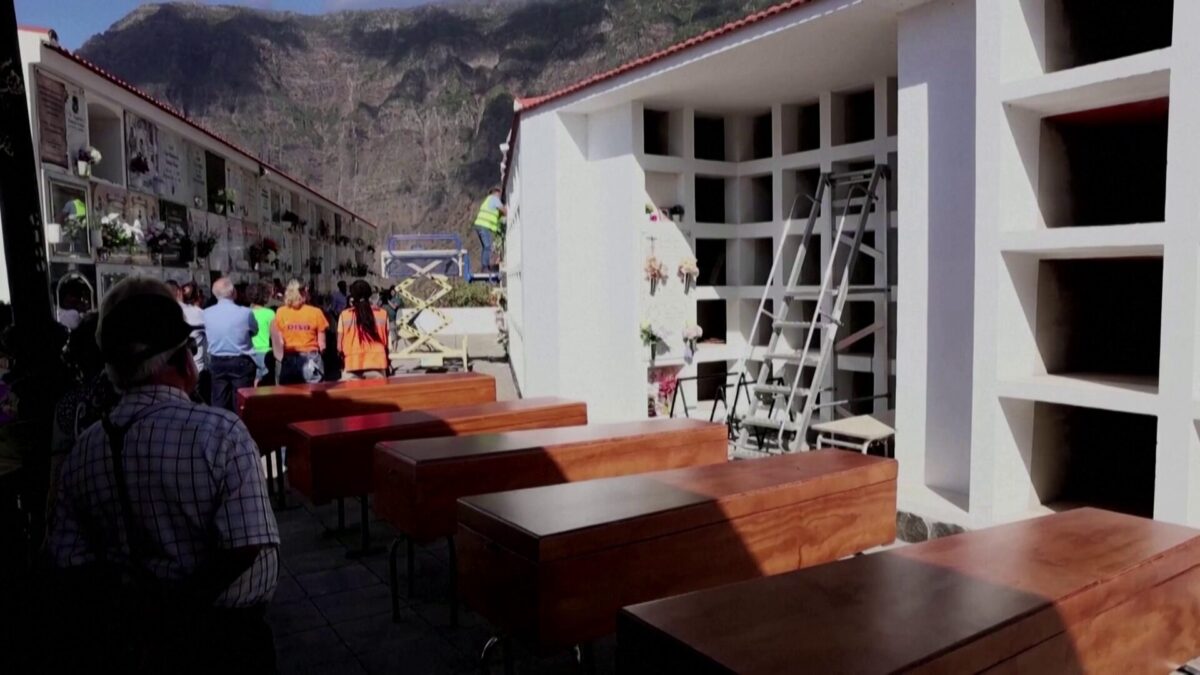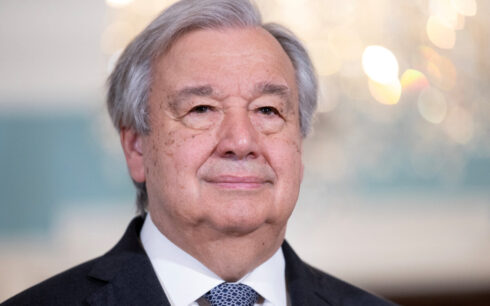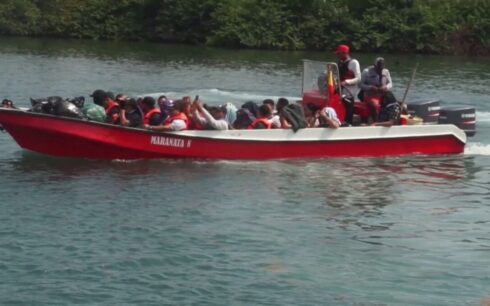EL HIERRO, Spain — The Canary Islands, a key entry point for migrants crossing from West Africa to Europe, has seen a record number of arrivals this year, accompanied by a sharp rise in deaths along the perilous route.
From January 1 to November 30, 41,425 migrants arrived in the archipelago, marking an all-time high, according to Spain’s Interior Ministry. This represents a 12 percent increase from the same period last year. However, the journey has become increasingly deadly, with 891 migrants estimated dead or missing — a 61 percent rise — according to the International Organization for Migration (IOM).
El Hierro, the southwesternmost island in the archipelago, has borne much of the human toll. This year, 33 migrants have been buried there, compared with 11 in 2023 and just one in 2022. Many of the deceased remain unidentified, adding to the anguish of families waiting for news.
Among those mourned was Bathie Barry, a migrant who died shortly after arriving on the island in October. Residents and officials gathered for his burial, offering flowers and tributes to the man whose life ended before his journey’s promise could be fulfilled.
“This is not just about faith or religion; it’s about humanizing these lives,” said Haridian Marichal, a local journalist who regularly attends the often-anonymous burials. “They are the other side of the Canary migration route.”
The Atlantic passage, the second-deadliest migration route in the world, has grown increasingly dangerous as boats launch from further down the West African coast to avoid coast guard patrols. The fragile rafts, dinghies, and pirogues migrants use are ill-equipped for the Atlantic’s rough seas.
In September, the deadliest shipwreck on record in the Canary Islands underscored the route’s dangers. A boat carrying 84 people capsized, leaving only 27 survivors. Nine bodies were recovered, seven of which were buried anonymously in El Hierro.
“We are always dealing with a puzzle,” Ms. Marichal said, describing her efforts to connect unidentified remains with families searching for missing loved ones. “Perhaps they have neither passed away nor survived, but disappeared into the Atlantic.”
Identifying missing migrants is a daunting task, said Andrea García Borja, acting coordinator of the IOM’s Missing Migrants Project. “It often involves crossing international borders or tracking disappearances in international waters,” she said.
The journey’s risks reflect the desperate circumstances driving migrants to attempt the crossing. Dehydration and hypothermia are among the leading causes of death, said Modesto Martínez, El Hierro’s only pathologist.
As irregular migration to Europe overall declines — 2023 saw a third of the arrivals recorded during the 2015 crisis — the Canary Islands route is seeing the fastest increase in sea arrivals in the European Union, according to Frontex, the EU border agency.
Despite the rising toll, local residents have sought to honor the dead. “They are victims of a system,” said Joke, a Dutch artist living in El Hierro, who brought a paper boat filled with flowers to one burial. “Their perilous journeys deserve recognition, even in death.”
The surge in arrivals and casualties along the Canary Islands route has drawn renewed calls for international cooperation to address the root causes of migration and provide safer, more humane alternatives for those seeking a better life.





